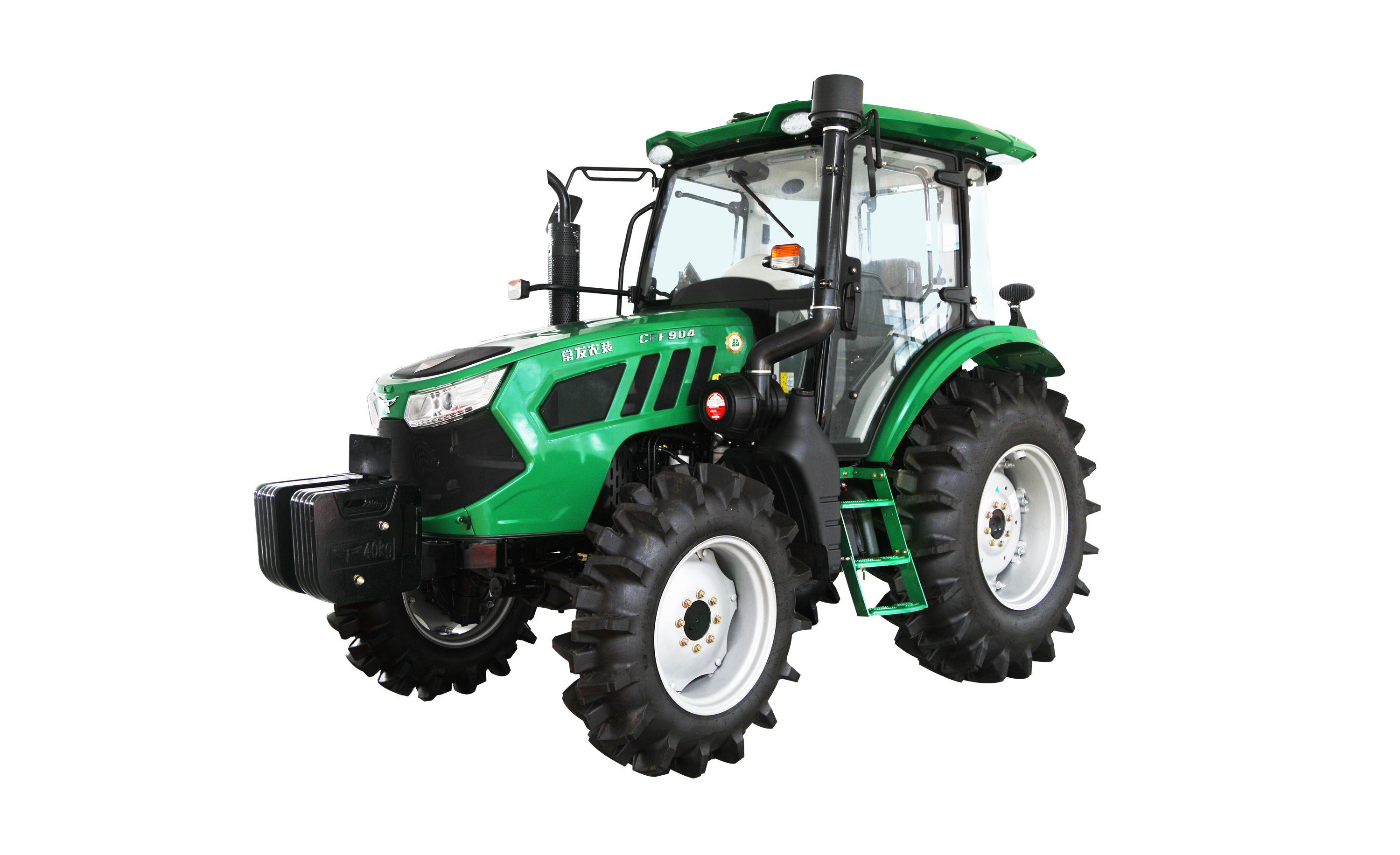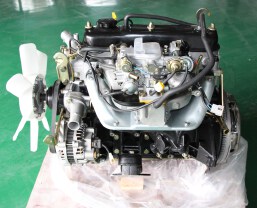- 1. Turn the ground early, and the depth is suitable.
Ploughing should be carried out as soon as possible after the autumn harvest, so as to have sufficient time for soil maturation, which is conducive to soil moisture storage, the establishment of soil ploughing reservoirs, and the realization of autumn ploughing and spring use. If the ploughing is too late, the ploughing quality will be reduced, which is not only detrimental to soil maturation, but also affects the quality of spring sowing. The best digging depth is 18-25cm. Break the bottom of the plow and plough more than 25cm, only once every three years.
- 2. Pay attention to soil moisture
When the soil moisture content is 18%-22%, it is suitable to dig the ground. After turning, the soil is finely broken, the seedlings are well protected, and the resistance to turning the ground is small and the efficiency is high.
.jpg)
If the soil moisture is too large, it is easy to form clay after turning over, and even if the surface moisture is dry, it will be difficult to break even after repeated soil preparation, and it is not easy to preserve the seedlings.
If the soil is too dry, the ploughing resistance will be large, the work efficiency will be low, and the tillage quality will be poor.
Ploughing should give priority to ploughing the soil with heavy soil to loosen the soil and accelerate the soil maturation. For sandy soil with light soil texture, it is not necessary to plough or plough every other year, which is more conducive to water storage and moisture retention, and at the same time, it can save the investment of machine plowing.
- 3. Land preparation
The soil can be prepared immediately after ploughing in autumn, and the ridges can be raised and pressed in time before freezing in winter to prevent water loss. At the same time as ridge raising, fertilization is an effective measure to increase yield.

- 4. Combined with irrigation
For the land with water source and irrigation conditions, the soil should be prepared in time for irrigation after turning the ground. Because only irrigation before freezing can make water infiltrate into the soil plough layer smoothly, preserve it, and realize spring drought and autumn resistance. At the same time, it can also delay soil freezing, which is beneficial to soil microbial activities, promotes the transformation of soil nutrients, and improves soil fertilizer supply capacity.
- Summarize
Turning the ground in autumn is a prerequisite for high yields in the following year.
(1).jpg)

 中文
中文 English
English Español
Español Français
Français

